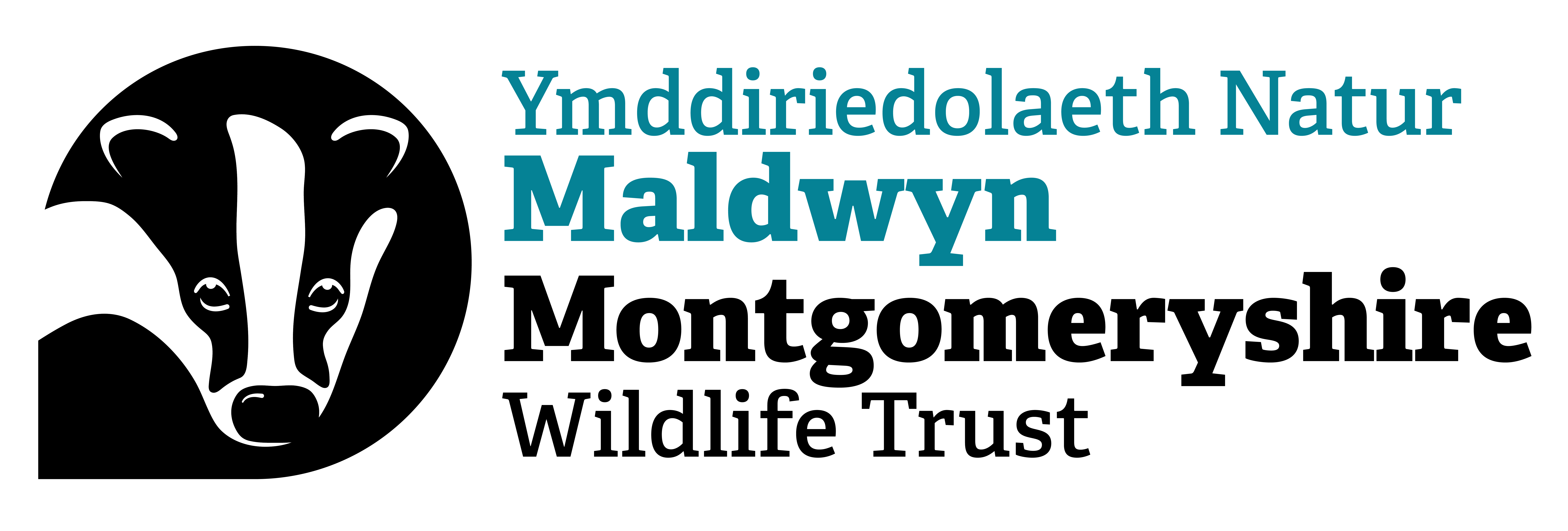Search
Chwilio
Knot grass
A common moth across most of the UK. The large, hairy caterpillars are often seen in late summer.
Habitats
Discover more about the UK's amazing natural habitats and the wildlife that live there. From peat bogs and caves, to woodlands and meadows!
Local Wildlife Sites
Perennial rye-grass
Perennial rye-grass is a tufted, vigorous grass of roadside verges, rough pastures and waste ground. It is commonly used in agriculture and for reseeding grasslands.
Wildlife and Climate Camp 2023
Our first ever Wildlife and Climate Camp, ran in partnership with Radnorshire Wildlife Trust this summer, was a huge success!
How to help wildlife at work
Attracting wildlife to your work will help improve their environment – and yours!
How to make a hedge for wildlife
Hedges provide important shelter and protection for wildlife, particularly nesting birds and hibernating insects.
Grass-of-parnassus
The stately grass-of-parnassus displays pretty, white flowers with green stripes. Once widespread, it is now declining as its wetland habitats are disappearing.
How to help wildlife at school
Whether feeding the birds, or sowing a wildflower patch, setting up wildlife areas in your school makes for happier, healthier and more creative children.
Gungrog Community Wildlife Garden
Help wildlife in the hot weather
Help wildlife in hot weather and lend a helping hand. Keep your watering stations topped up with water, and let some of your garden grow wild to provide shade for animals.
